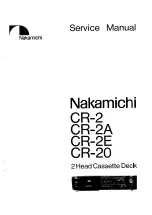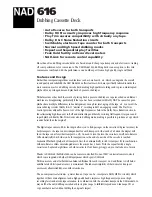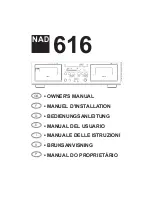
8
EN
G
LI
SH
• HDMI
(3) – Digital connection for the transferring of audio and video. Connects the TV to the HDMI input.
• Composite video
(6) and L-R (1)(2) (analogue audio output).
The composite video output must be activated in the menu.
o Composite video signals (CVBS) can be handled by all TVs. The easiest solution is to use a SCART
lead since SCART is capable of transferring both video (composite video) and audio. Composite
video can even be sent by a separate lead from the DVD player’s composite video output on the
back panel.
o The lead is connected to the equivalent input on the TV (normally Video In).
o Press the V-MODE button on the remote to change the DVD player’s outgoing signal for the best
possible signal for your particular TV.
• S-video
(7) and L-R (1)(2) (analogue audio output). S-video (Y/C) gives a higher image quality than
composite video and is preferable if your TV supports this type of signal. (Refer to your TV manual.)
o S-Video is connected via a 4-pin mini-DIN (normally called an s-video connector). The DVD player’s
settings may possibly need to be changed in the menu in order to send an s-video signal.
o Press the V-MODE button on the remote in order to change the DVD player’s outgoing signal to
S-video.
o
N.B.
If your TV does not support s-video the picture will be black and white.
• Component video
(5) and L-R (1)(2) (analogue audio output).
The DVD player can send a component signal as interlace or as progressive scan. Refer to your TV
manual to see if interlace or progressive scan is supported.
o The component video signal uses the three RCA sockets on the DVD player’s back panel and is
connected to the equivalent input on the TV.
o Press the V-MODE button on the remote in order to change the DVD player’s outgoing signal
between interlace and progressive scan.
Caution:
Never connect an amplifier to the digital audio output if it does not have Dolby Digital AC3 or a DTS decoder.
This can damage the amplifier, speakers, or cause hearing damage during DVD playback.









































